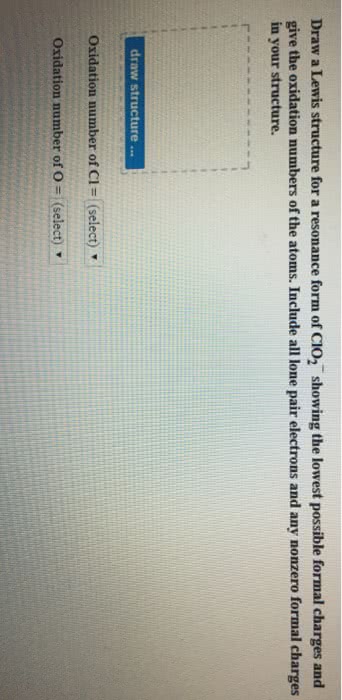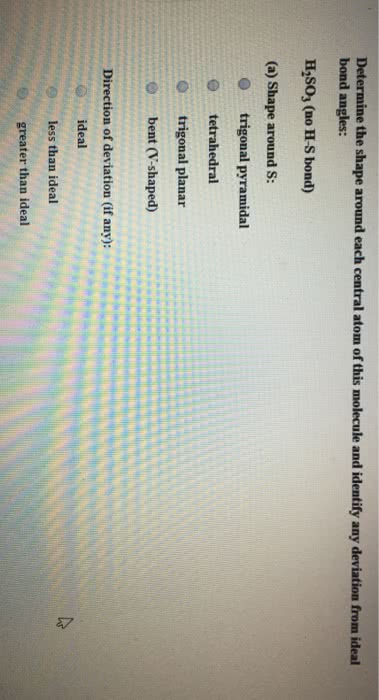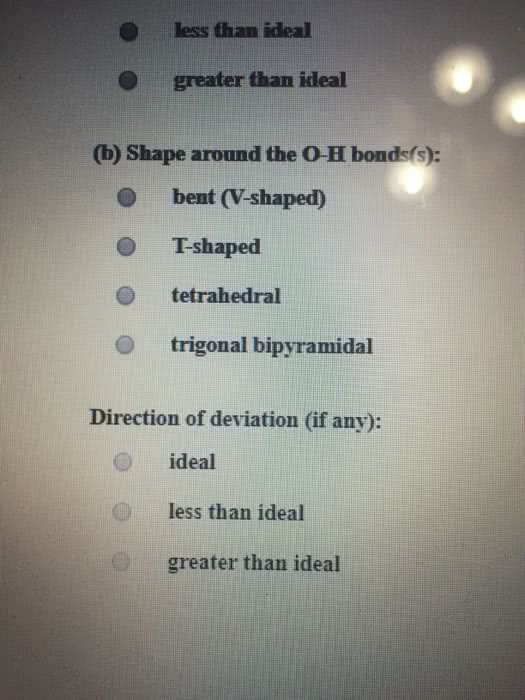CHM135H1 : Chapter 21.docx

90
CHM135H1 Full Course Notes
Verified Note
90 documents
Document Summary
Redox reactions and assignment of oxidation numbers, keeping track of electrons in overall stoichiometry of balanced reaction oxidization: losing electrons reduction: gaining electrons. These oxidation numbers are assigned using the following rules: the convention is that the cation is written first in a formula, followed by the anion. For example, in nah, the h is h-; in hcl, the h is h+: the oxidation number of a free element is always 0. The atoms in he and n2, for example, have oxidation numbers of 0: the oxidation number of a monatomic ion equals the charge of the ion. For example, the oxidation number of na+ is +1; the oxidation number of. N3- is -3: the usual oxidation number of hydrogen is +1. The oxidation number of hydrogen is -1 in compounds containing elements that are less electronegative than hydrogen, as in cah2: the oxidation number of oxygen in compounds is usually -2.



